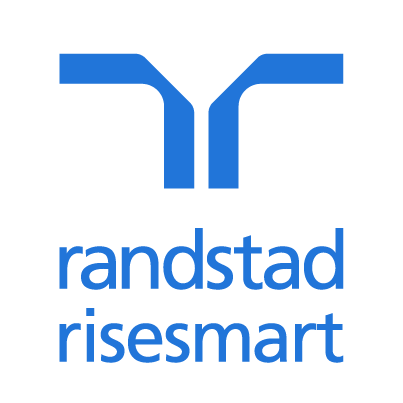A Gartner survey found that 75% of executive leaders think they are already operating within a culture of flexibility, yet only 57% of employees said their organisational culture embraces flexible work.
In many organisations board composition and c-suite leadership teams are biased towards traditional ways of working – the world they’ve always known.
It’s also not always generational; some are biased towards what they see in their professional lives. If they go to the office every day, they don’t see why you can’t, too. They only know what they know.
Those at the top don’t always consider what’s best for staff productivity, retention and recruitment.
Flexible working: what HR needs to know to make it work
Employers need to have fresh conversations about flexible working practices
UK employers band together in support of flexible recruitment
Driving forward organisational change to embrace new ways of working has proven difficult in some businesses. While there’s plentiful data out there about the generic case of flexible working, it’s now about HR utilising specific organisational data to make the case internally.
Data on people is still one of the most under-utilised tool in any organisation. Over the past few years, the focus has primarily been on DE&I practices. Data on employee working patterns, workloads and workplace has yet to be fully brought to the forefront. To bring those at the top with you, we must harness data frequently to drive forward cultural and progressive ways of working.
But how to start the conversation with data. Firstly, HR teams need to focus on existing employee data. What do your employees want and need? How much could each employee save by commuting less? Are we losing staff, and if so, why?
Once you have identified the data, work back to correlate what’s feasible to operate with existing business needs. The majority of businesses can offer ultimate flexibility without compromising business performance, but the people at the top need proof. Research has proven employees value the ability to work from home about the same as 10% more pay, so it’s financially worth the investment too.
Next, it’s the external data, but it needs to be directly correlated back to your organisation. What are your competitors doing when it comes to flexibility? Do you need more experienced older workers? Are your talent team struggling to hire talent? What are candidates requesting?
Let your board know how rapidly and definitively the association talent marketplace has changed. The competitive edge you once had may be no longer; professionals you want to hire are not only looking locally for new jobs; they’re looking nationally and even globally at employers who offer remote working. From our own internal research, candidates are combining our to six different ways of working to find a new role.
If your c-suite is still undecided about the future of flexible working, it’s up to you as an HR and people leader to build a compelling business case that will convince them of its continued value to the organisation, and even why it’s key to step it up a notch. With a focus on actual data, there’s no hiding behind traditional mindsets. By researching employees frequently (and I suggest quarterly), HR have the ability to start building deeper relationships. And with that can come the opportunity to utilise their workforce as a lobbying group.
The best asset of any organisation is its people. In the words of former Netscape CEO Jim Barksdale: “Take care of the people, the products and the profits-in that order.”
While taking care of the people is the most difficult of the three by far, if you don’t do it, the other two won’t matter.
Tim Grimes is co-founder of WorkYourWay










